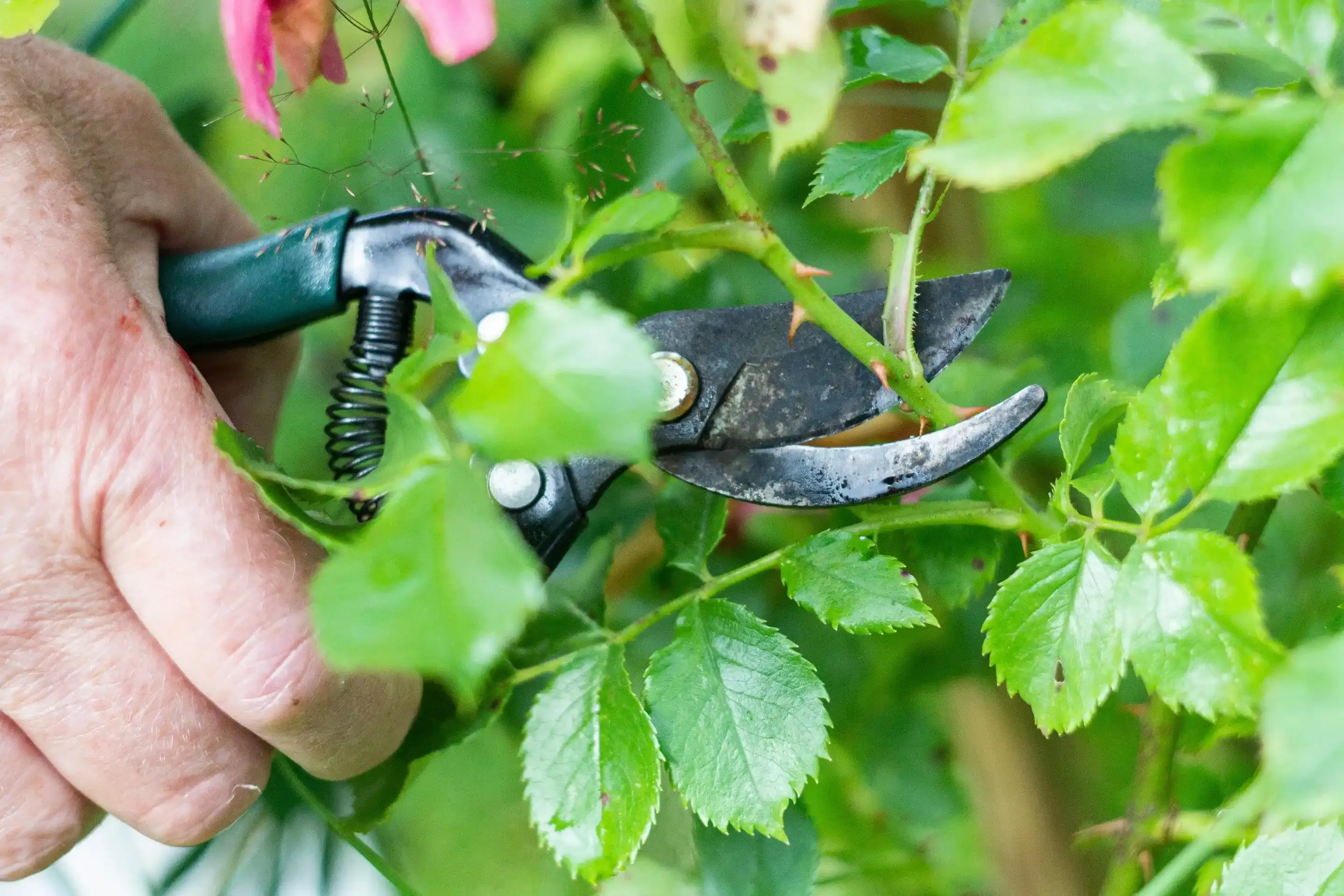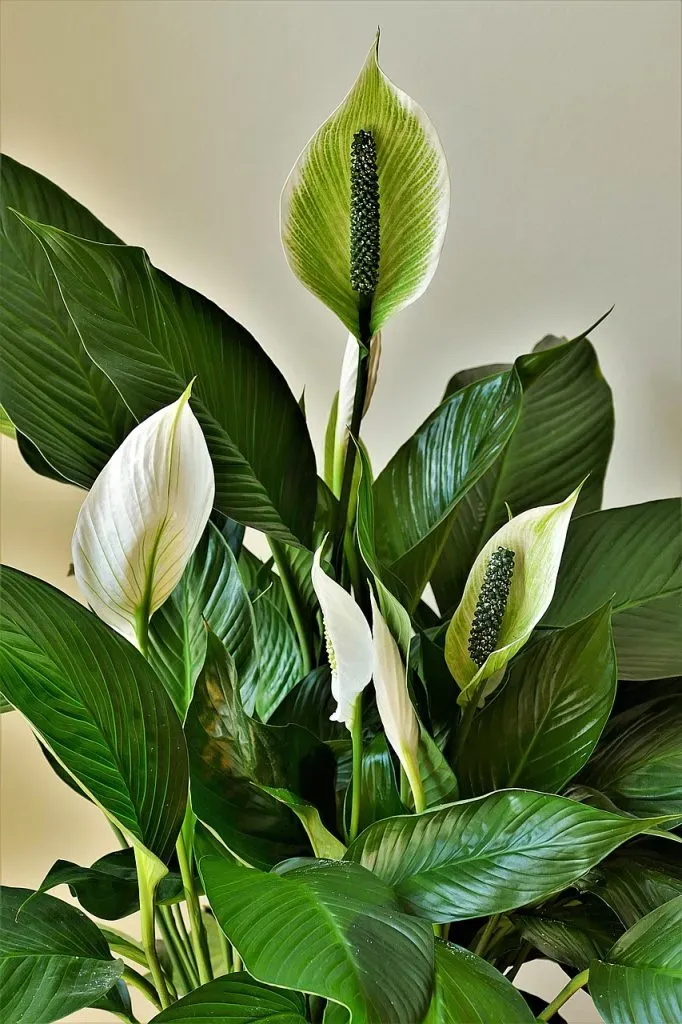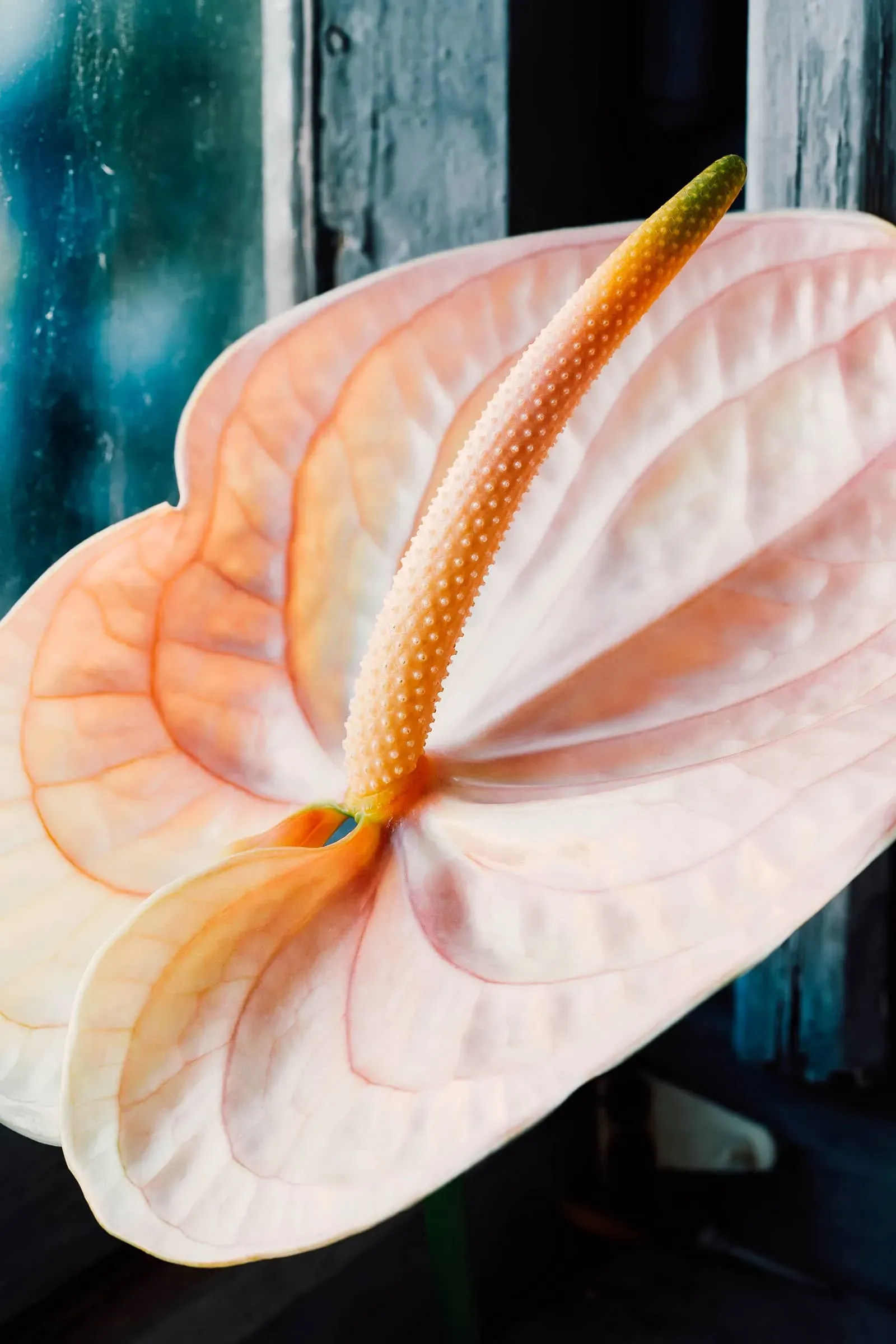Table of Contents
So, you've just bought a gorgeous bouquet, maybe a vibrant sunflower arrangement or a delicate bunch of lilies. It's beautiful, right? But how long will it last? Knowing how to care for your cut flowers is the key to enjoying their beauty for as long as possible. At lilyflower.homes, we believe everyone deserves to enjoy the joy of fresh flowers. This article will guide you through every step, from picking the perfect blooms to troubleshooting common problems. We'll cover everything from the initial selection of your flowers to creative arranging ideas, ensuring your cut flowers stay vibrant and stunning for days to come. Get ready to transform your home into a floral paradise! Learn the secrets to Cut flower care and let your blooms shine!

Amazing Cut Flower Care: Ultimate Guide
Choosing the Perfect Blooms: A Guide to Cut Flower Selection

Choosing The Perfect Blooms A Guide To Cut Flower Selection
Know Your Blooms
Choosing the right cut flowers is like picking the perfect outfit for a special occasion. You want something that not only looks good but also stands the test of time. When you're at the florist or grocery store, take a close look at the blooms. Fresh flowers should have vibrant colors and sturdy stems. Avoid any that look wilted or have brown spots. If you're unsure, ask the florist for recommendations. They can guide you to the best flowers for the season.
For example, lilies are a classic choice, known for their beauty and longevity. But did you know that different types of lilies have different care requirements? Check out our to learn more about these simple flowers. Also, consider the occasion. Roses are perfect for romantic gestures, while sunflowers can brighten up a room with their cheerful demeanor.
Consider the Occasion
When selecting cut flowers, think about the occasion. Are you decorating for a wedding, a birthday party, or just adding a touch of color to your home? Each event has its own vibe. For a wedding, you might opt for more formal and simple arrangements like peonies or hydrangeas. For a birthday, something fun and vibrant like daisies or marigolds can be a great choice. And for your home, consider a mix of textures and colors to create a lively and inviting atmosphere.
For example, if you're planning a summer garden party, try incorporating some fragrant flowers like lavender or gardenias. Not only do they look beautiful, but their scent can add an extra layer of charm to your event. If you're worried about pests, explore our to keep your flowers safe and beautiful.
Flower Type | Best Occasions | Care Tips |
|---|---|---|
Roses | Romantic gestures, anniversaries | Trim stems, change water daily |
Sunflowers | Birthday parties, home decor | Keep in a cool place, add plant food |
Lilies | Funerals, weddings | Remove pollen to prevent staining, mist with water |
- Check the flowers for any signs of damage or wilting.
- Ask the florist for recommendations based on the occasion.
- Consider the care requirements of different flowers.
Essential Cut Flower Care Tips for a Longer Life
Water and Food
Watering Lilies guide. Also, if you're unsure about the type of flowers you have, read our Humidity Preferences post to learn more about the specific needs of your blooms.
Temperature and Humidity
Fungicides post to learn more about preventing fungal diseases in your cut flowers.
Factors Affecting Cut Flower Life | Effects on Flowers | Care Tips |
|---|---|---|
Dirty Water | Bacterial Growth, Shortened Life | Change water every 2-3 days |
High Temperature | Wilting, Premature Aging | Keep in cool place, avoid direct sunlight |
Low Humidity | Dehydration, Wilting | Use humidifier, maintain humid environment |
- Check water level daily to ensure proper hydration.
- Avoid direct sunlight and heat vents to prevent premature aging.
- Use a humidifier to maintain a humid environment.
- Change water every 2-3 days to prevent bacterial growth.
Creative Ways to Display Your Cut Flowers: Arranging and Presentation

Creative Ways To Display Your Cut Flowers Arranging And Presentation
Now that you have your perfect blooms, it's time to show them off! Arranging and presenting your cut flowers is like setting the stage for a beautiful performance. You can use a variety of containers and arrangements to make your flowers stand out. For example, tall vases are great for long-stemmed flowers like sunflowers and lilies, while shorter vases work well for more compact blooms like daisies and marigolds.
Think outside the box when it comes to containers. Mason jars, teacups, and even old bottles can add a unique touch to your flower arrangements. For a fun and rustic look, try using a mason jar with a burlap ribbon. If you want a more neat setup, a crystal vase with a simple bow can do the trick. Check out our for more ideas on using unconventional containers.
Container Type | Best Flowers | Decor Tips |
|---|---|---|
Tall Vase | Sunflowers, Lilies | Add a clear glass pebble base for stability |
Short Vase | Daisies, Marigolds | Use colorful ribbon to tie around the neck |
Mason Jar | Wildflowers, Daisies | Wrap with burlap and a bow for a rustic touch |
Don’t forget to play with height and color when arranging your flowers. Place taller flowers in the center and shorter ones around the edges to create a balanced look. Mixing different textures and colors can also add depth and visual interest to your arrangement. For instance, combining deep red roses with light yellow daisies and green ferns can create a stunning contrast. If you’re not sure about the care requirements of different flowers, take a look at our guide for some helpful tips.
- Use tall vases for long-stemmed flowers.
- Short vases work well for compact blooms.
- Think outside the box with containers like mason jars and teacups.
- Mix different textures and colors for a balanced look.
Troubleshooting Common Cut Flower Problems: Care and Maintenance

Troubleshooting Common Cut Flower Problems Care And Maintenance
Wilting Wonders: Why are my flowers drooping?
Okay, so your beautiful bouquet's looking a little less "bouquet" and more "blah." Don't panic! Wilting is super common, especially with those delicate beauties. It's usually a thirst issue – they're like tiny little desert plants, except they want *clean* water. Think of it like this: dirty water is like giving them a soda instead of water – they'll get a sugar rush, then crash. Always use fresh, cool water, and change it every couple of days. Give those stems a little trim too – it helps them drink better. It's like giving them a new straw! And if you notice some leaves are getting soggy and yucky, snip those off too. They're stealing water from the good parts of the flower. For more tips on keeping your lilies fresh, check out our lily care guide!
- Trim the stems every couple of days.
- Remove any wilted or discolored leaves.
- Use fresh, clean water in the vase.
- Avoid placing flowers near heat sources.
Blossom Battles: Dealing with Pests and Diseases
Sometimes, it's not just thirst. Little tiny flower-eating bugs or sneaky diseases can attack your blooms. Think of them as tiny flower ninjas! If you see any weird spots, discoloration, or little creepy crawlies, act fast. You can try rinsing the flowers gently to remove any pests. For more serious issues, there are special flower food solutions that can help fight off diseases. Check out our pest control tips for some ideas on how to handle those pesky intruders. Remember, prevention is key! Keeping your flowers in a cool, well-ventilated area can help prevent problems. And always make sure your tools are clean before you trim the stems – you don’t want to spread any diseases.
Problem | Cause | Solution |
|---|---|---|
Wilting | Lack of water, dirty water, heat | Fresh water, stem trimming, cool location |
Pests | Insects, mites | Rinse flowers, use insecticidal soap |
Diseases | Bacteria, fungi | Flower food, remove affected parts |
Final Thought
With a little know-how and attention, you can significantly extend the life of your cut flowers. Remember the basics: clean water, proper trimming, and the right environment. Experiment with different arrangements and enjoy the beauty your flowers bring to your home. Happy blooming!